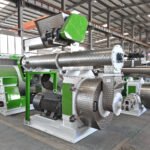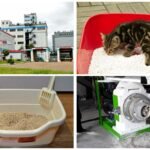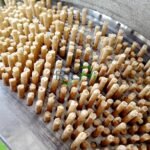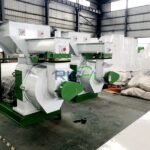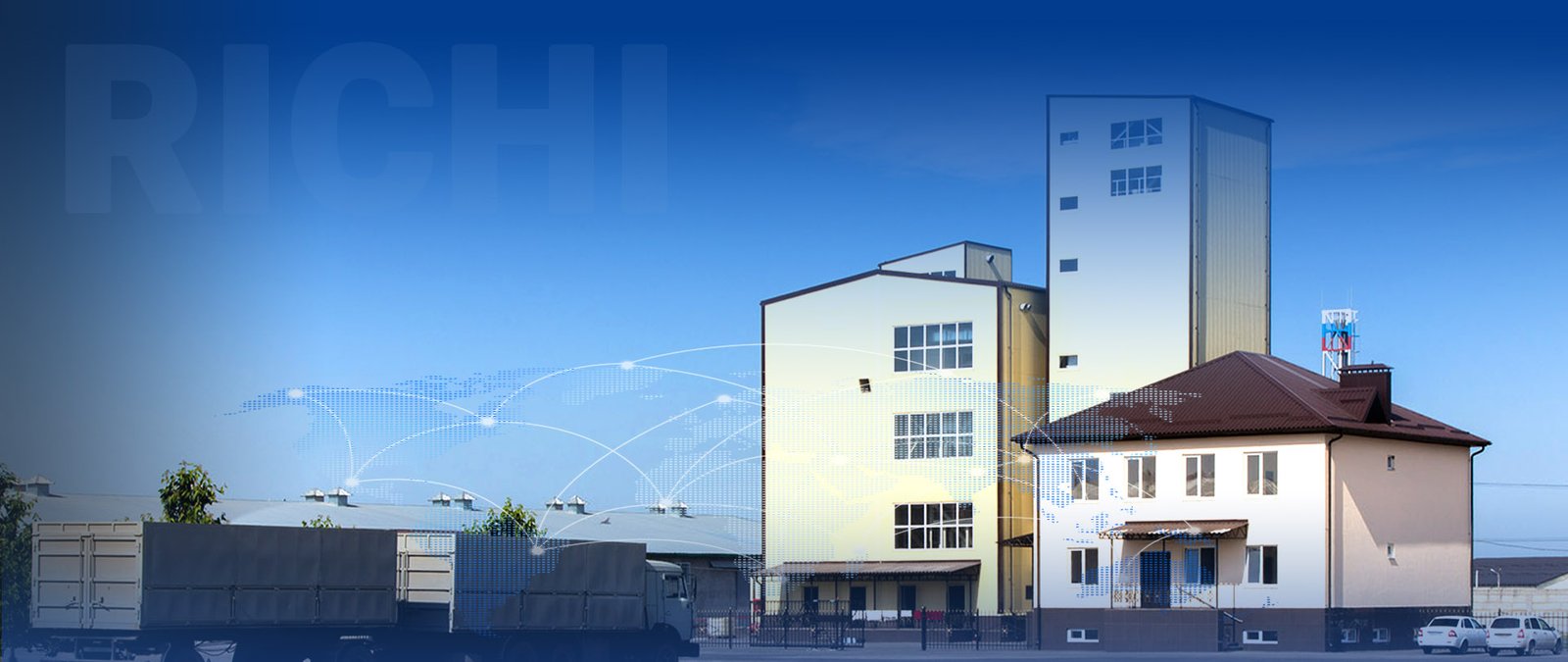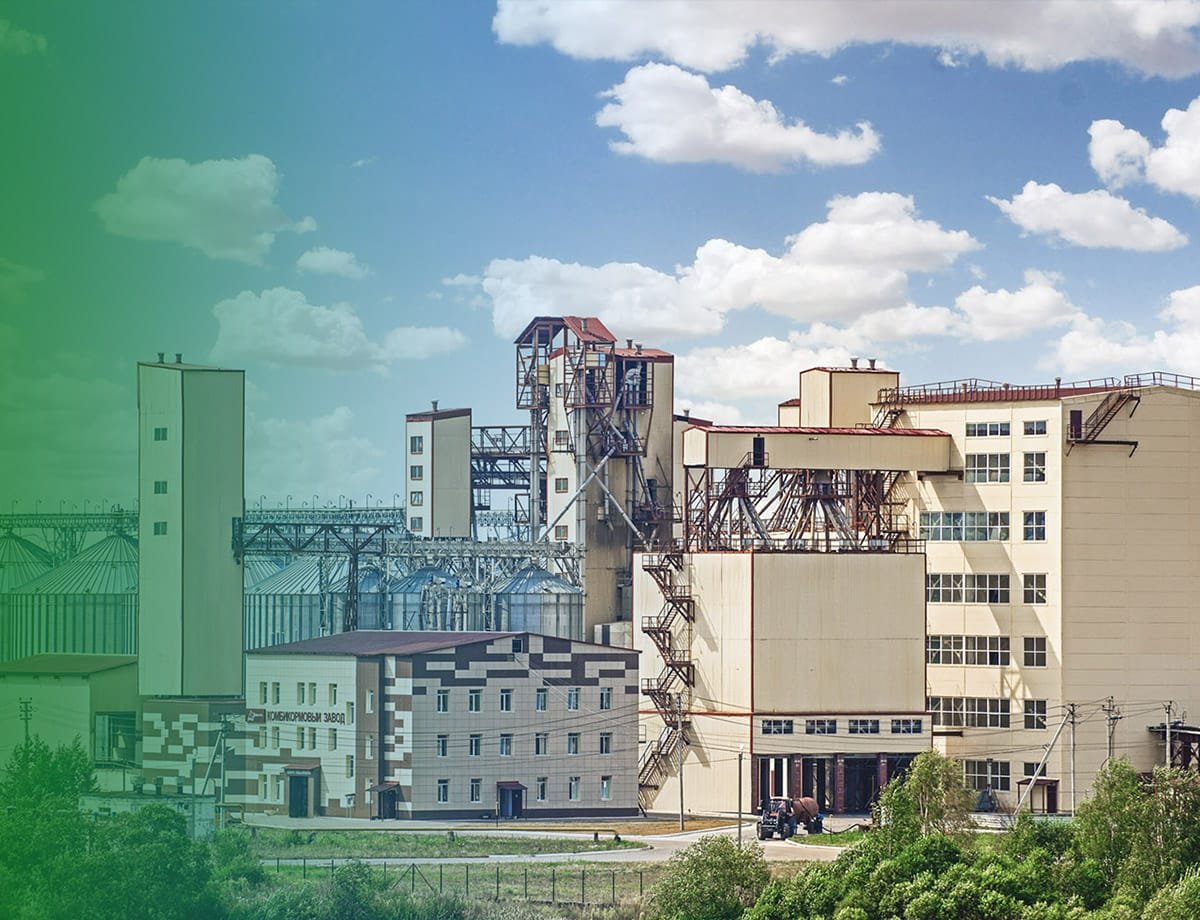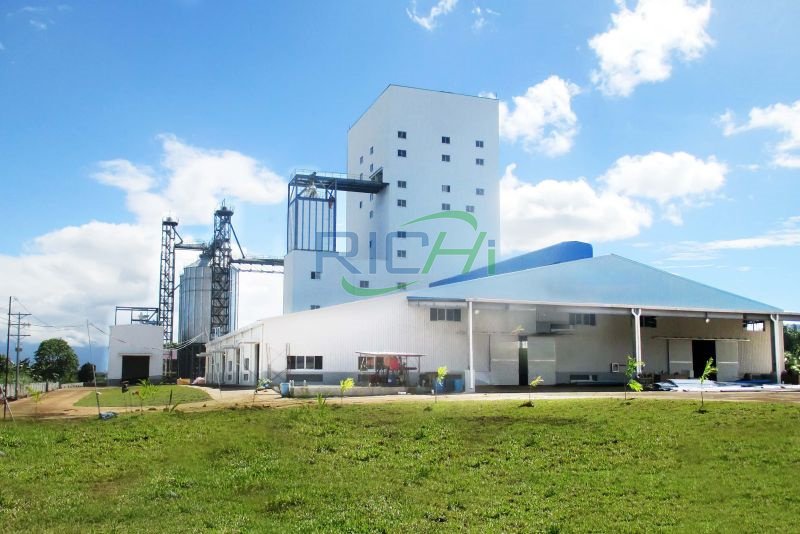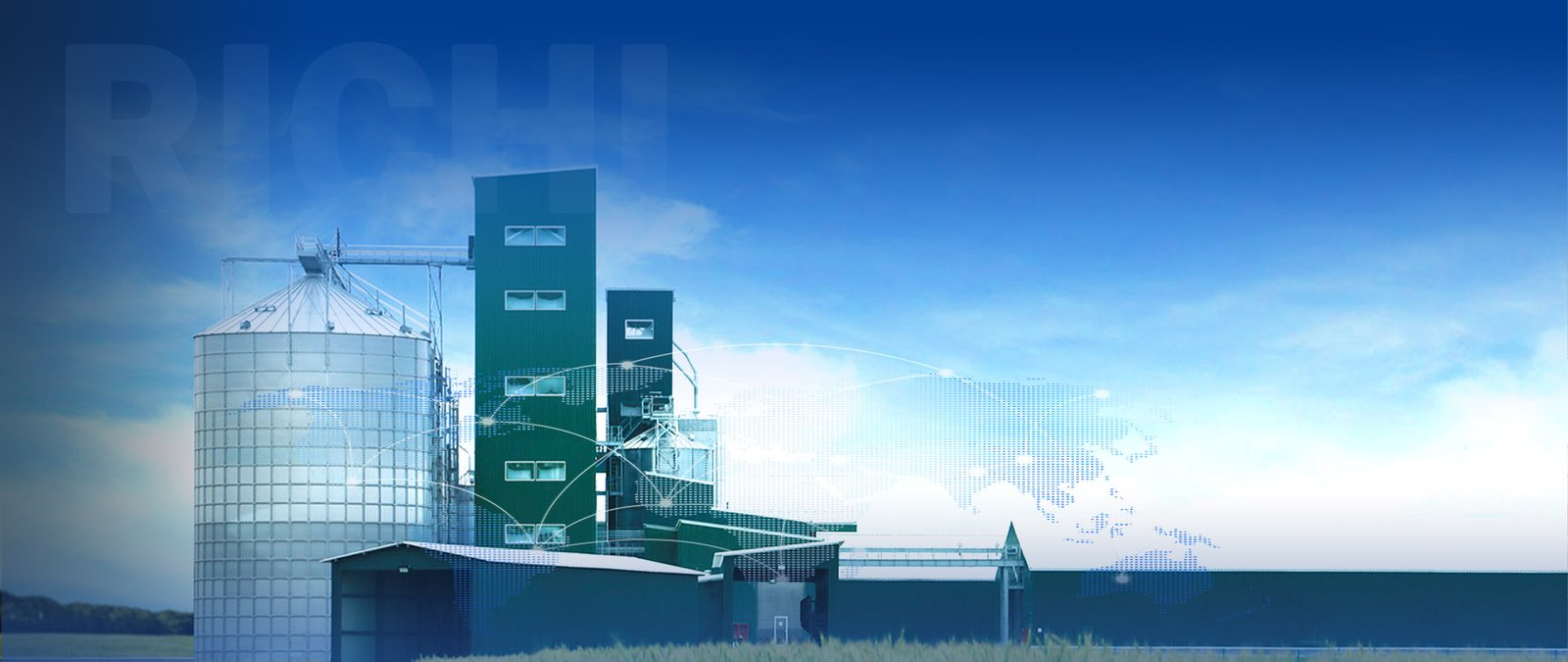The installation of an animal feed production machine is a crucial step that greatly impacts both the operational efficiency and lifespan of the equipment. Proper installation ensures optimal machine performance, resulting in high-quality feed production while minimizing downtime and maintenance expenses. However, various common challenges can arise during the installation process, potentially affecting performance and safety. This article highlights these challenges and provides effective strategies to address them.
1. Component Alignment
One of the most essential aspects of installation is ensuring that all components are properly aligned. Misalignment can lead to increased wear and tear, higher energy consumption, and even equipment failure.
- Pulley Alignment: Ensure that the machine’s pulleys are parallel and aligned. The axes of the drive pulleys must be in a straight line. Misalignment can cause belts to wear out prematurely or slip off, leading to operational interruptions.
- Shaft Alignment: The shafts of both the motor and the machine should also be properly aligned. Utilizing laser alignment tools can help achieve precise alignment, reducing vibration and extending the lifespan of the machinery.
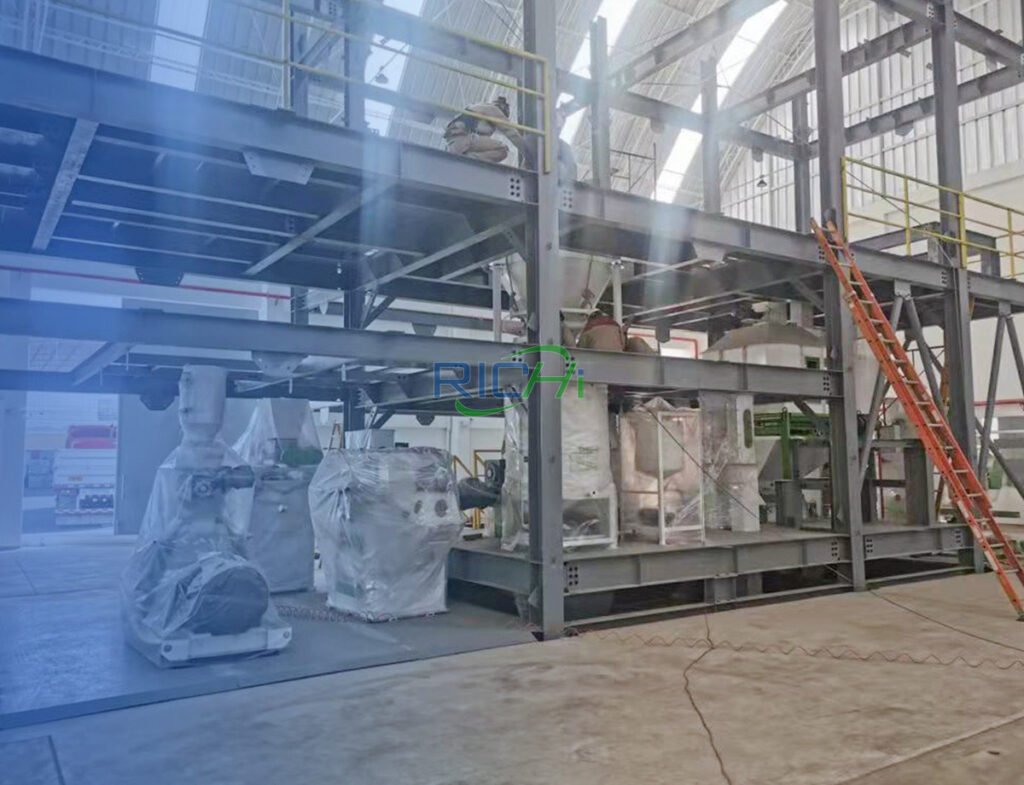
2. Foundation and Stability
The machine’s stability is vital for safe and efficient operation. An unstable machine can result in vibrations, noise, and potential safety hazards.
- Foundation Preparation: Verify that the foundation is solid and level before installation. It should support the weight of the machine and absorb vibrations effectively.
- Leveling the Machine: After positioning the machine on the foundation, use leveling tools to ensure it is perfectly horizontal. This step is critical for the proper functioning of components such as mixers and pellet mills.
3. Electrical Connections
Electrical connections are crucial for the operation of the feed factory machines. Improper wiring can lead to malfunctions, safety hazards, and equipment damage.
- Wiring Standards: Adhere to local electrical codes and standards when making electrical connections. Ensure that all wiring is properly insulated and secured to prevent short circuits and electrical fires.
- Control Panel Setup: The control panel should be easily accessible and clearly labeled. Confirm that all control systems are correctly configured and tested before operating the machine.
4. Safety Features
Safety should be a top priority during the installation process. Ensuring that all safety features are in place protects operators and maintenance personnel.
- Emergency Stops: Install emergency stop buttons in accessible locations around the machine. These buttons should be clearly marked and tested to ensure they function correctly.
- Protective Guards: Ensure that all moving parts are equipped with appropriate guards to prevent accidental contact. This includes hoppers, mixers, and pellet mills.
5. Cleaning and Preparation of Raw Materials
Before starting the machine, it is essential to prepare the raw materials appropriately.
- Cleaning Raw Materials: Thoroughly clean and inspect raw materials to eliminate any foreign objects, such as stones or metal fragments, that could damage the machine. This step is vital for maintaining product quality and preventing equipment damage.
- Moisture Content: Ensure that the moisture content of the raw materials is within the recommended range. Excess moisture can cause clumping and poor feed quality, while insufficient moisture can lead to ineffective pelleting.
6. Testing and Calibration
After installation, thorough testing and calibration are essential to ensure that the machine operates correctly and efficiently.
- Idle Running: Before adding raw materials, run the machine idle for a few minutes to check for any unusual noises, vibrations, or malfunctions. This step helps identify potential issues before production begins.
- Calibration of Settings: Adjust the machine settings according to the manufacturer’s specifications. This includes calibrating the feed rate, mixing times, and pelleting parameters to ensure optimal performance.
7. Operator Training
Proper training for operators is crucial for the safe and efficient operation of the animal feed production machine.
- Training Programs: Provide comprehensive training programs for operators that cover machine operation, safety protocols, and maintenance procedures. Well-trained operators are more likely to identify issues early and follow best practices.
- Safety Protocols: Ensure that operators are familiar with safety protocols and emergency procedures. Regular safety drills can help reinforce these protocols and prepare operators for potential emergencies.
8. Documentation and Support
Maintaining proper documentation and support is essential for ongoing maintenance and troubleshooting.
- Installation Manuals: Keep installation manuals and operational guidelines readily available for reference. These documents provide valuable information for troubleshooting and maintenance.
- Manufacturer Support: Establish a relationship with the machine manufacturer for ongoing support. This includes access to technical assistance, spare parts, and updates on best practices.
Conclusion
The installation of an animal feed production machine is a critical process that requires meticulous attention to detail. By addressing common challenges such as component alignment, foundation stability, electrical connections, safety features, raw material preparation, testing, operator training, and documentation, feed manufacturers can ensure that their machines operate efficiently and safely.
A well-installed machine not only enhances production efficiency and product quality but also contributes to the overall success of the feed manufacturing operation. By investing time and resources into the installation process, producers can maximize their return on investment and ensure a reliable supply of high-quality animal feed.
For details please contact: pellet line for sale
WhatsApp:86 138 3838 9622
Email:enquiry@richipelletmachine.com



